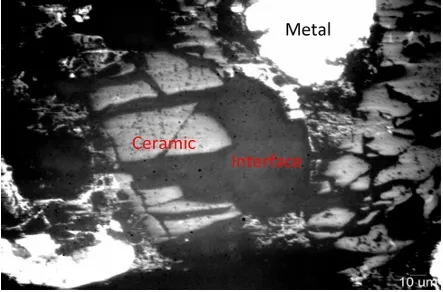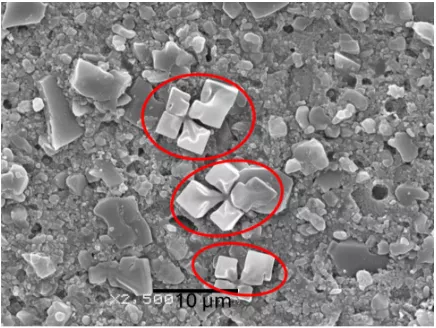Abstract: Al2O3 ceramics were metallized by the activated Mo-Mn method and the active metal brazing (AMB) process. The interfacial microstructure, formation mechanism of new phases and microstructure evolution of the brazed joints were investigated, and the mechanical properties and the He leakage rate of Al2O3 / Cu specimen were tested. The results show that for activated Mo-Mn method, the formation of cubic phase MnAl2O4 is due to the migration of the glass phase at the brazing interface, which can improve the strength of the joint. During the AMB process, the active element Ti and Al2O3 form TiO and Cu3Ti3O layers, with a thickness of 0. 64 μm and 1. 03 μm, respectively. The difference of coefficient of thermal expansion ( CTE) between layers provides good thermoelastic compatibility and reduces residual stress. The bonding strength of samples prepared by the activated Mo-Mn method (( 60. 2 ± 7. 7 ) MPa) is higher than that of samples prepared by the AMB process ((43. 1 ± 6. 9) MPa) while the He leakage rates are similar ( both around 2. 3 ×10-11Pa·m³·s-1).
Key words: ceramic-metal sealing; Al2O3 / Cu interface; activated Mo-Mn method; AMB process; metallization; sealing performance
Declaration: This article is provided by CERADIR™ users or obtained from Internet, the content does not represent the position of CERADIR™. We are not responsible for the authenticity/accuracy of the article, especially the effects of the products concerned. This article is for study only, it does not constitute any investment or application advice. For reprinting, please contact the original author. If it involves the copyright and/or other issues, please contact us and we will deal with it asap! CERADIR™ has the interpretation of this declaration.







